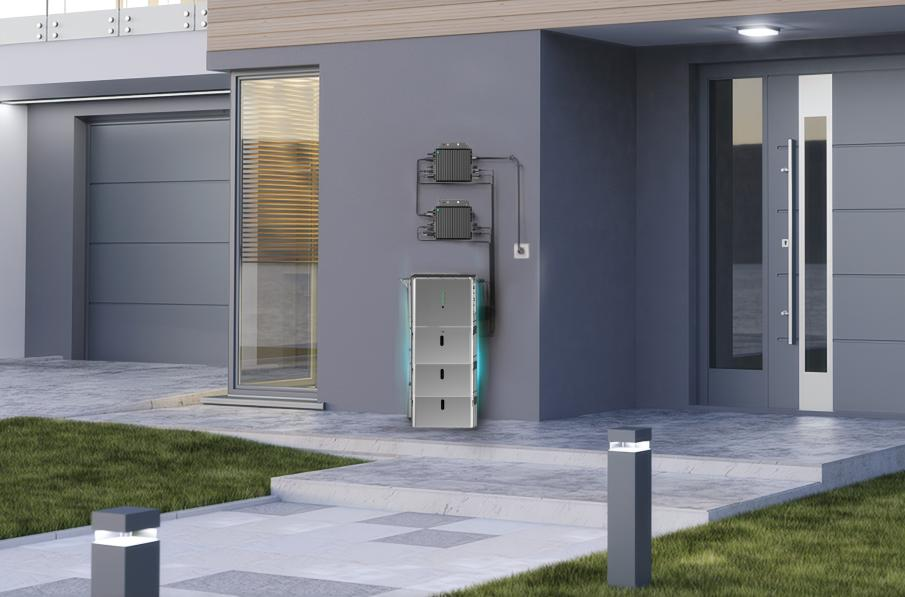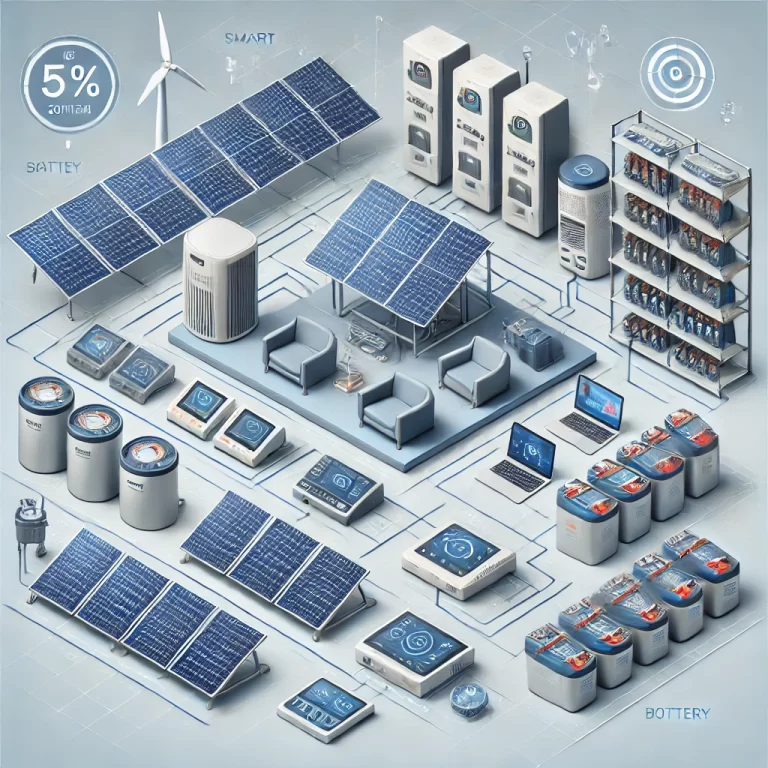1. Understand the Types of Solar Batteries
The three most commonly used battery types in solar applications are:
? Lead-Acid Batteries
• Oldest technology, low upfront cost
• Shorter lifespan (~3–5 years)
• Require ventilation and regular maintenance
? Lithium-Ion Batteries
• Higher energy density, longer lifespan (8–15 years)
• Compact and low maintenance
• Higher initial cost
? LiFePO₄ (Lithium Iron Phosphate) Batteries
• Most stable and safest lithium variant
• Very long cycle life (>4,000–6,000 cycles)
• Excellent thermal stability and low degradation
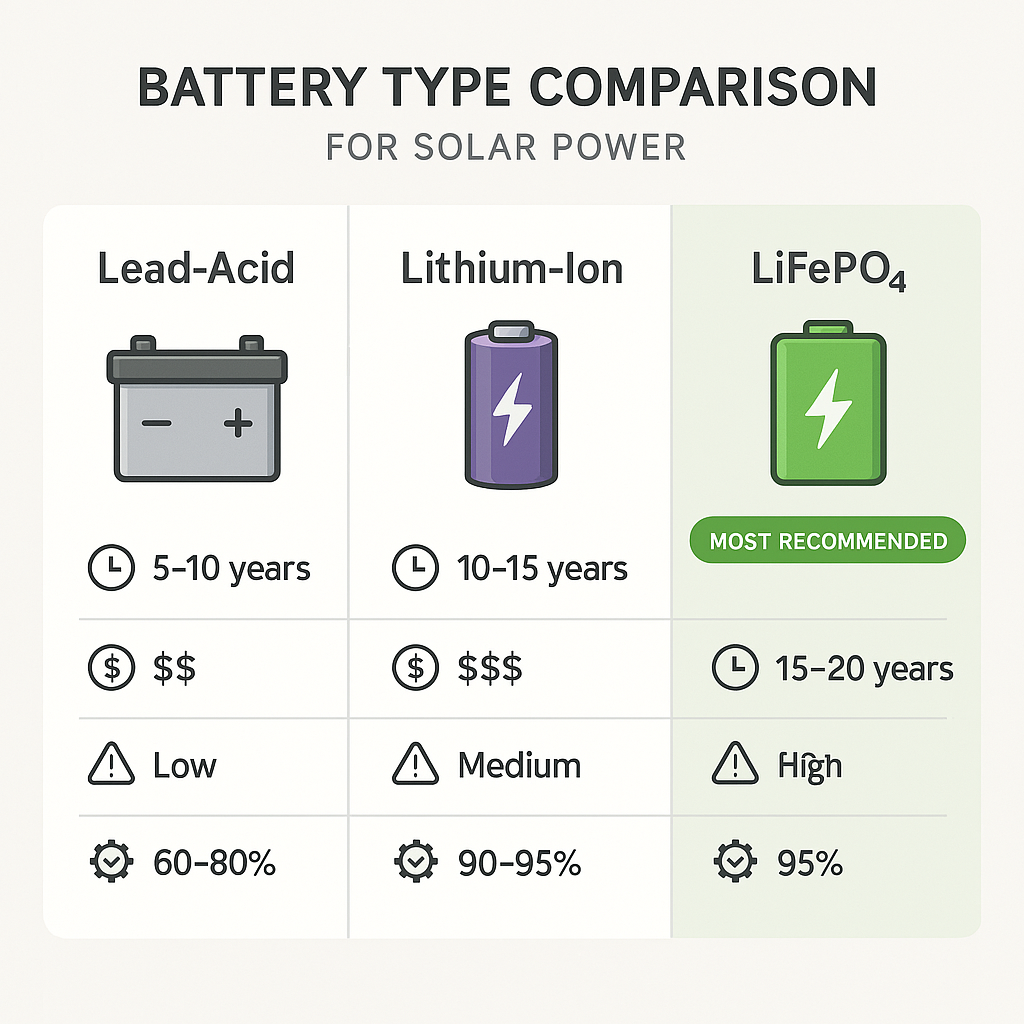
2. Assess Your Energy Needs
Before choosing a battery, calculate your average daily energy consumption and how much you want to store for backup.
Key questions to ask:
• How many kilowatt-hours (kWh) do you use daily?
• Do you need backup power during outages?
• Do you have space for large battery units?
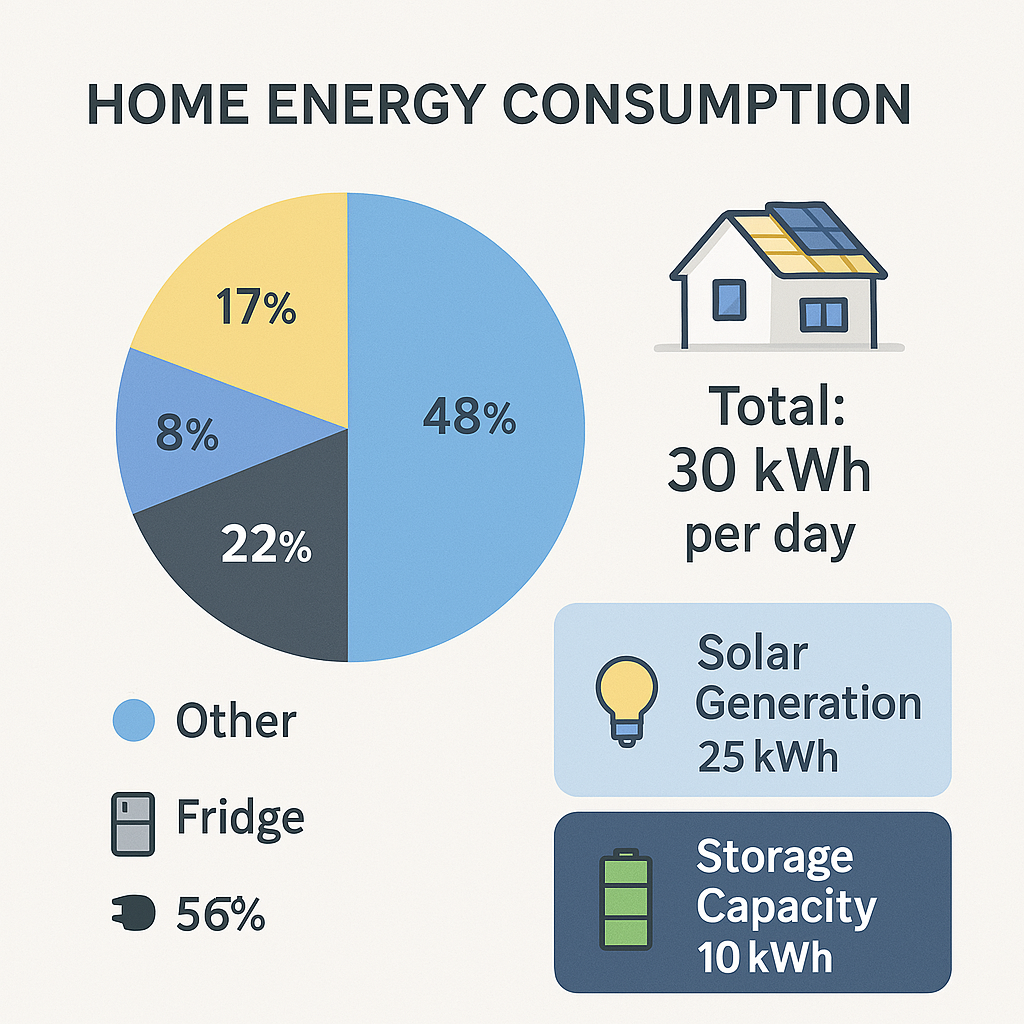
3. Consider Depth of Discharge (DoD)
Depth of Discharge (DoD) is the percentage of battery capacity that can be used before recharging. A higher DoD means more usable energy.
| Battery Type | Typical DoD |
|---|---|
| Lead-Acid | 50% |
| Lithium-Ion | 80–90% |
| LiFePO₄ | Up to 95% |

4. Evaluate Battery Capacity & Power Output
• Capacity (kWh) tells how much energy the battery can store
• Power output (kW) tells how much electricity it can supply at once
You may need a high-capacity battery for longer use, or high output for running heavy appliances.
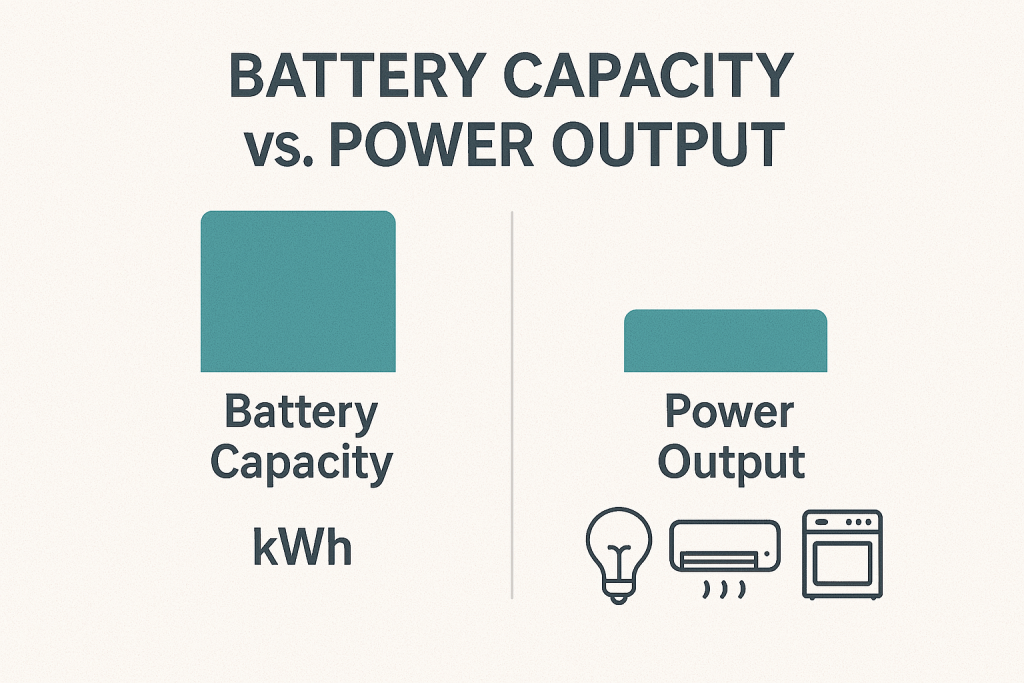
5. Battery Lifespan and Warranty
Battery lifespan is usually measured in:
• Years of service
• Number of charge cycles
Most lithium batteries come with warranties of 10 years or more, while lead-acid warranties are typically 2–5 years.
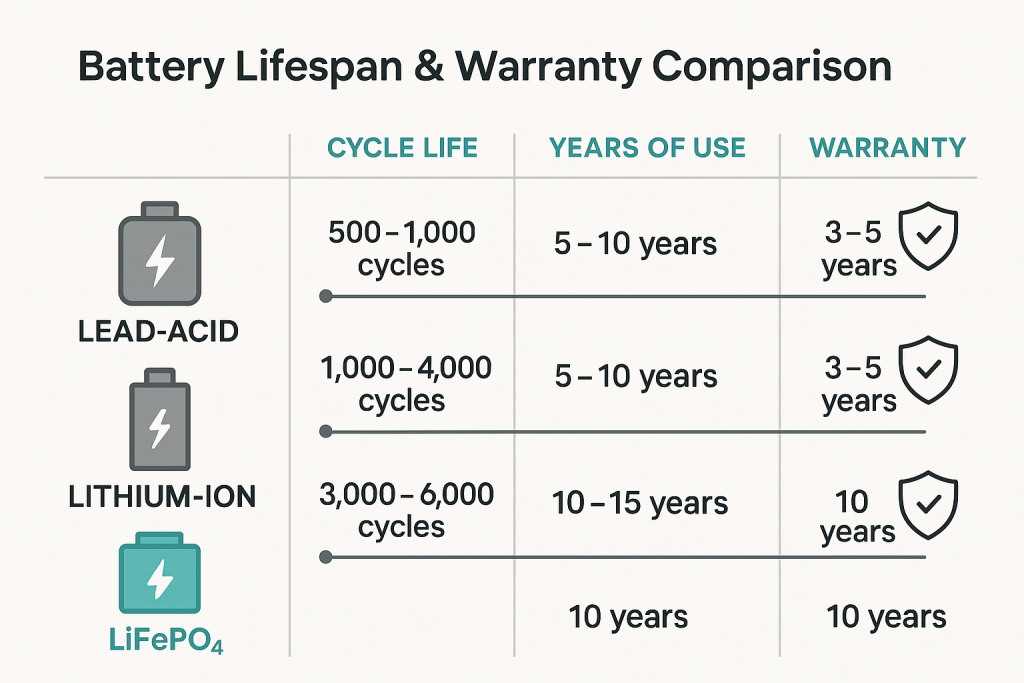
Conclusion: Choose What Fits Your Goals
The ideal solar battery depends on your energy needs, budget, space, and usage goals. If you prioritize safety and long-term reliability, LiFePO₄ batteries are an excellent choice. For budget-conscious users, lead-acid may suffice with careful maintenance. Always balance upfront cost with long-term efficiency and support.

